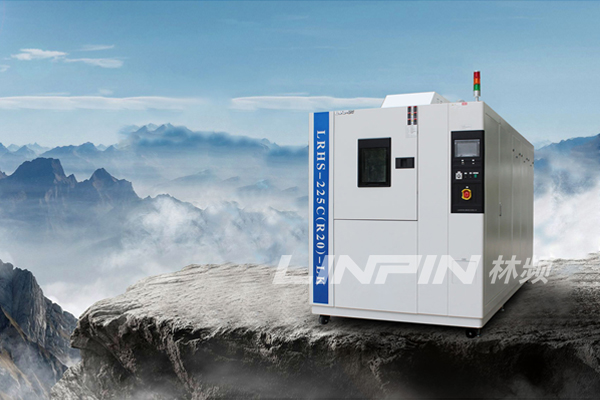

Enterprises should pay attention to both the needs of users, but also to pay attention to competitors, and strive to find a balance between user needs and competitors marketing concept, known as “market-oriented”, the core of which is from the user’s needs Adhere to the market orientation, the pulse of the user, the foothold and the destination point on the basis of the product “sell”, based on the concept, LF Instruments positive development of 20 ℃/min fast temperature change test chamber and successfully introduced to the market. Based on this concept, LINFENG Instruments has developed a 20℃/min fast temperature change tester and successfully introduced it to the market.
Along with the consumption upgrade, personalized and differentiated test demand is increasing. LF Instruments adhere to the “user-centric” service concept, to diversified, multi-level, personalized direction to extend services, through the continuous improvement of equipment quality and test technology innovation and iteration, innovation of environmental test equipment and process optimization, and strive to achieve the reliability of the environmental testing of the closed-loop; at the same time, the user At the same time, we build a one-stop, customized environmental test system for users.

Looking to the future, LINPIN Instruments will continue to adhere to the talent and technological innovation as the core development concept, adhere to the reliability of environmental test equipment in the field of intensive cultivation, and continue to increase the investment in product technology research and development, to promote sustained and high-quality development of enterprises.
Attachment: the main technical parameters of the fast temperature change test chamber:
Equipment Model: LRHS-225C(R20)-LK
Temperature range: -60 ℃ ~ 200 ℃
Temperature uniformity: ≤2.0℃.
Temperature deviation: ± 2.0℃
Temperature fluctuation: ±0.5℃
Temperature rise rate: -55℃~85℃ (linear 20℃/min, load 20Kg aluminum ingot)
Cooling rate: 85℃~-55℃ (linear 20℃/min, load 20Kg aluminum ingot)